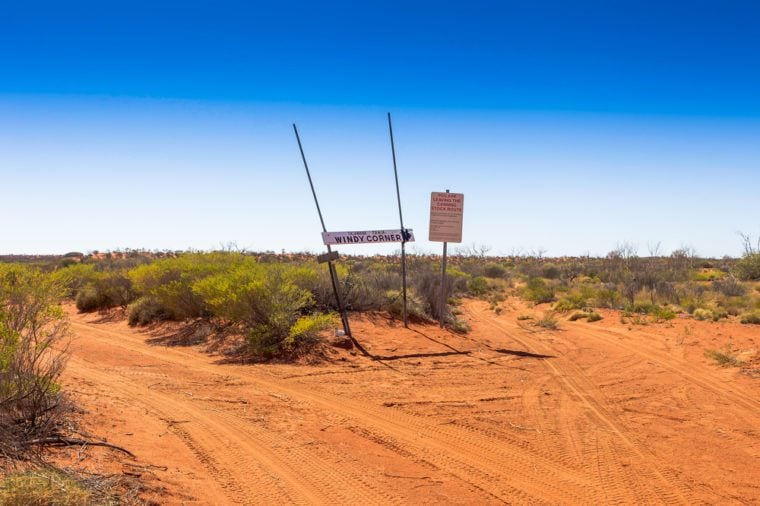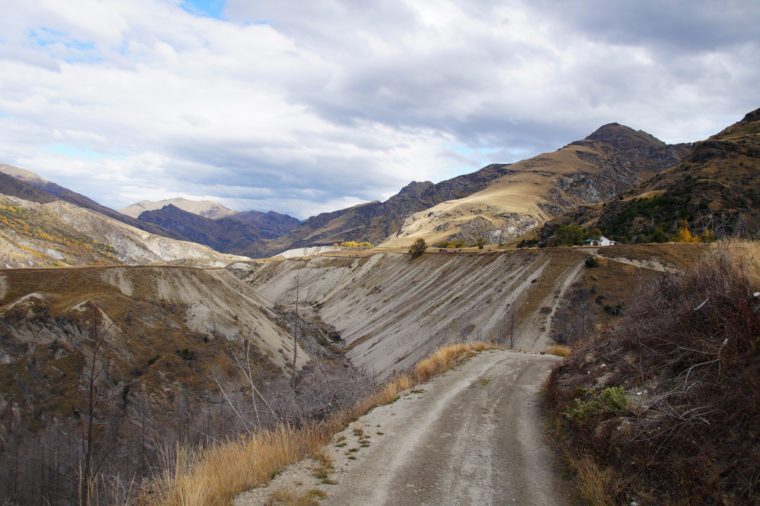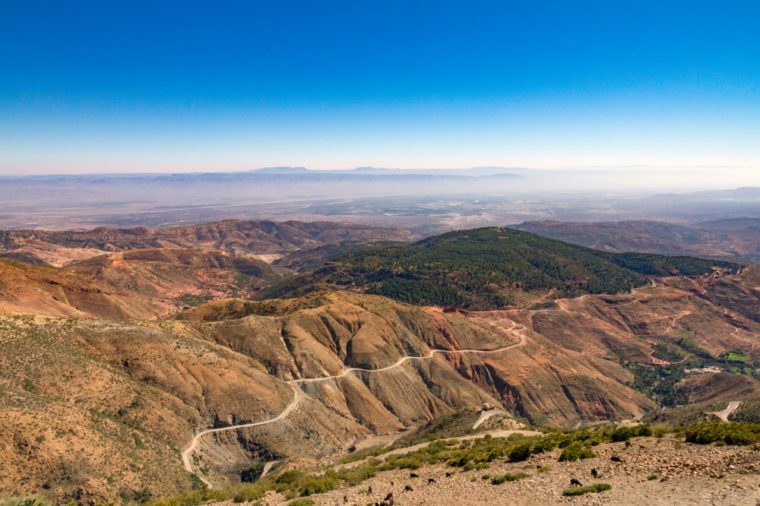
List of countries by UNODC homicide rate per year per 100,000 inhabitants is typically expressed in units of deaths per 100,000 individuals per year; thus, a mortality rate of 30 (out of 100,000) in a population of 100,000 would mean 30 gun homicide rate by countrydeaths per year in that entire population, or 0.03% out of the total. The reliability of underlying murder rate by country data may vary. Only UNODC data is used in the main table below. In some cases it is not as up to date as other sources. See farther down as to why its data is used over other sources.
Research suggests that intentional homicide demographics are affected by changes in trauma care, leading to changed lethality of violent assaults, so the intentional homicide rate may not necessarily indicate the overall level of societal violence. They may also be under-reported for political reasons.
A study undertaken by the Geneva Declaration on Armed Violence and Development estimated that there were approximately 490,000 intentional homicides in 2004. The study estimated that the global rate was 7.6 intentional homicides per 100,000 inhabitants for 2004. UNODC (United Nations Office on Drugs and Crime) reported a global average intentional homicide rate of 6.2 per 100,000 population for 2012 (in their report titled “Global Study on Homicide 2013”). UNODC calculated a rate of 6.9 in 2010.
The most common type of violent crime is murder. Whether murder is self-inflicted, homicidal, or accidental, murder rates around the world vary greatly by country.
Several factors contribute to lower murder rates and overall crime rates. These include the wealth of a nation, effective law enforcement, strict weapons regulations, severity of punishments for committing murder and more.
According to the Global Study on Homicide 2019 published by the United Nations, 464,000 people died from violent crimes in 2017, more than armed combat and terrorism combined. The report states that countries with high firearm rates tend to have higher intentional homicide rates.
The murder rate is the number of murders per 100,000 people. According to the UN, the ten countries with the highest homicide rates are:
- El Salvador (61.80)
- Jamaica (57)
- Honduras (41.7)
- Belize (37.9)
- South Africa (35.9)
- Lesotho (Bahamas)
- Brazil (30.5)
- Saint Lucia (29.6)
- Guatemala (26.1)
- Dominica (25.7)
El Salvador has the highest homicide rate of 61.80 per 100,000 people. Luckily, homicides in El Salvador have fallen for the past three years.
Accessing homicide rates and the factors behind them is always a tricky business. Although poverty is often said to be to blame, even in developed countries, like the US and England, crime can be rampant. Some of the reasons for violent crime, including homicide, according to the World Bank, include economic stagnation and income inequality.
When it comes to lowering crime rates, this is also a difficult task. Some possible suggestions for this include monitoring government corruption to ensure stability and maintaining an effective justice system, complete with efficient investigations and fair trials. It requires dedication on an international and local level. Here is an overview of the world’s countries with the highest murder rates, as well as the lowest.
Countries With The Highest Murder Rates
1. El Salvador (61.8 per 100,000)
El Salvador has the highest homicide rate in the world at 61.8 murders per 100,000 individuals. Estimates indicate that approximately 60% of these incidents are related to gang activity. Additionally, El Salvador still experiences instability, much of which is a remnant of a destructive civil war that lasted from 1979 until 1992.
2. Jamaica (57 per 100,000)
Jamaica has the world’s second-highest murder rate. Unfortunately, this is a position that Jamaica has held consistently for several years. The latest measurement of 57 homicides per 100,000 was a decrease from 2005 when it was slightly higher at 58 homicides per 100,000. Most of Jamaica’s homicides are a result of organized crime activity, and the island remains a popular tourist attraction.
3. Venezuela (56.3 per 100,000)
Venezuela has the third-highest murder rate in the world. The country loses 56.3 people per 100,000 each year to homicide. Caracas, the capital of Venezuela, is known as one of the most dangerous cities in the world. It is considered the third most murderous city in the world. With increasing political turmoil, this number has been increasing.
4. Honduras (41.7 per 100,000)
Honduras had 41.7 homicides per 100,000 people in 2017. San Pedro Sula, in the northwest of the country, is at the center of much of this small Central American country’s violence.
5. Lesotho (41.2 per 100,000)
Lesotho is a small country found in southern Africa. Its murder rate is 41.2 homicides per 100,000 people, the fifth-highest in the world. Most crime in Lesotho occurs in the country’s urban areas. The capital city of Maseru is particularly dangerous to locals and tourists alike.
Countries With The Lowest Murder Rates
Believe it or not, some countries boast an annual homicide rate of 0. They are Andorra, the Holy See (Vatican City), Monaco, Nauru, San Marino, as well as, some dependent territories. One thing that all of these countries have in common is a very low population. If a homicide were to happen within these countries, it would result in a notably high murder rate, because all of these countries have a population that is considerably under 100,000.
Countries that do have a significant population of 5 million or more but an extremely low murder rate include:
- Singapore (Population: 5,638,700 – Murder Rate: 0.2 per 100,000)
- Japan (Population: 126,150,000 (11th Largest Country) – Murder Rate: 0.2 per 100,000)
- Switzerland (Population: 8,570,146 – Murder Rate: 0.5 per 100,000)
- United Arab Emirates (Population: 9,599,353 – Murder Rate: 0.5 per 100,000)
- South Korea (Population: 51,709,098 (28th Largest Country) – Murder Rate: 0.6 per 100,000)
- Czech Republic (Population: 10,649,800 – Murder Rate: 0.6 per 100,000)
- China (Population: 1.4 Billion (Largest Country) – Murder Rate: 0.6 per 100,000)
- Austra (Population: 8,857,960 – Murder Rate: 0.66 per 100,000)
- Italy (Population: 60,359,546 (23rd Largest Country) – Murder Rate: 0.67 per 100,000)
- Spain (Population: 46,733,038 (30th Largest Country) – Murder Rate: 0.70 per 100,000)
Factors Affecting High Murder Rates
The United Nations Office on Drugs and Crime (UNODC) has conducted a study to identify the prominent factors that seem to result in high murder rates. Countries with the widest gaps between rich and poor are four times more likely to experience violent crimes than other countries. These inequitable societies are found most often in developing countries, where high poverty lacking infrastructure is commonplace. Poverty and crime go hand in hand; crime drives away businesses and investors, reducing available human capital and creating an insecure environment, which, in turn, leads to more poverty. Organized crime, like gangs and drug trafficking, also contribute to high murder rates. It is particularly true in countries like Jamaica, Honduras, and El Salvador. Organized crime is also more likely to be participated in by young males who, consequently, are also more likely to be a victim of murder. Drug and alcohol use is also related to high murder and poverty rates. Intoxication increases the risk of being involved (either as the guilty party or the victim) in a murder.
Countries that are experiencing political turmoil and violent conflict are also more likely to experience high murder rates, as is the case with El Salvador, which is still recovering from its civil war.
Preventive Measures To Be Taken
To reduce these climbing murder rates, governments must focus on preventive measures. Given its connection to poverty and social issues, preventive crime policies need to focus on more than just punishments. Without including economic and social development strategies in local policy, violent crimes are likely to continue. Additionally, these policies must target the most at-risk populations. As this article has discussed, murder rates are highest among young males and in urban areas. Successful initiatives would focus on urban-living youth and involve other community members to break the vicious cycle of poverty and violence.
Many scholars also point to the availability of firearms as a significant contributing factor to homicide rates, saying that restricting gun access would help reduce murders. The majority of murders throughout the Americas are committed with guns. However, this point is heavily disputed. Gun restriction proponents point to the case in Brazil, where gun access was restricted, and the murder rate dropped. Proponents for gun ownership point to the situation in Venezuela, where gun access was denied, guns were taken away, and the murder rate increased.
In countries recovering from internal conflict and political instability, it is essential to reduce violence in general. It involves restoring law and order and stabilizing the country. The conflict must be fully addressed by the government and resolved to avoid any lingering effects.
The post Murder Rate By Country 2020 appeared first on Gradaxis.
source https://gradaxis.com/murder-rate-by-country/?utm_source=rss&utm_medium=rss&utm_campaign=murder-rate-by-country
from Dr. Linex https://ift.tt/3asXTxQ
via IFTTT
















